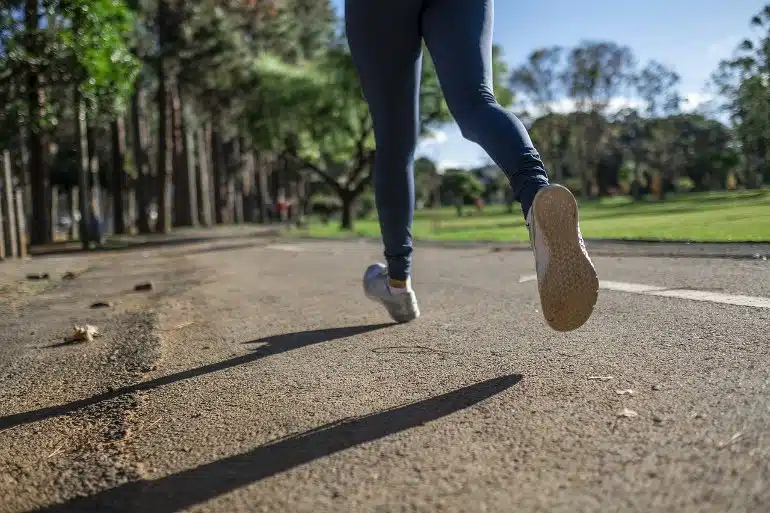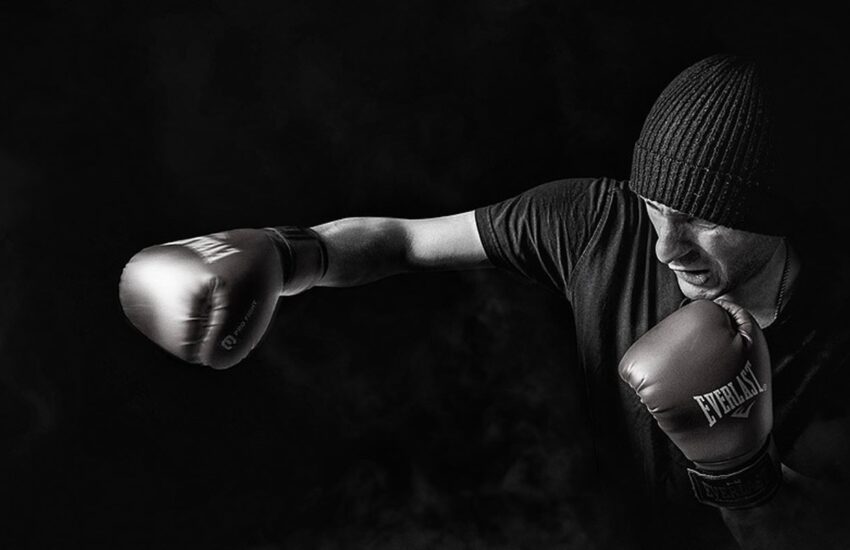KappaGuerra’s Recommended Mestres and Academies of Capoeira
By Hakeem Alexander
(Exercising Your Mind) This is a short list of Capoeira Mestres(Masters) who have had the most influence on my personal development of Capoeira. Although I have mostly been auto-didactic or self taught, these Mestres have had a significant impact on my continuing desire to jogo(play) Capoeira. I have not spent a substantial amount of time with these Mestres, rather, what is remarkable about them is the axe(energy; life force) and enthusiasm in which they express Capoeira. I also find them to be the most welcoming and open regarding newcomers to Capoeira and rogues such as myself, passing through their training halls.
What you can expect from these Mestres is humility, a love for the history and traditions of Capoeria, great musical and singing skills, as well as rich innovations and insight. They are all very laid back for the most part and truly enjoy the game! First is a brief account of who they are and how I met them, followed by a list of how you might contact them.
Masters of the Game.
(1) “Mestre” Gigante aka Jose Canelo:
Although Jose has not been graduated as a Mestre by any supervising body, Capoeira Mestre or other organization, I recognize him as my personal Mestre because he introduced me to the art in 1993, and is still passionate about it 16 years later. After I was introduced to Capoeira by Gigante, we trained with each-other for about five(5) years before finding an established Mestre with a lineage and roots to Traditional Capoeira. Jose’s ideas and love of the art has fueled my own to a great degree, and I owe him so much for putting Capoeira before me. If it were not for this establishment, I may not have discovered Capoeira when I did, if at all. Capoeira has changed my life such that it has helped save me from a life dominated by crime, drugs and mental dis-ease. thank you Mestre Gigante! [Mestre Pele has often called him “Mestre” Gigante]
(2) Mestre Pele aka Djalma Pereira:
After training with Jose for five(5) years, in 1998 I happened across a restaurant known as Brazilain Tropicana in Florida. It featured various Brasilan entertainers and shows including Capoeira. Mestre Pele was one of these performers. I found a flyer inside and called him up. Since I was a very irresponsible youth and young adult, I did not work much if at all, and had little to no money to pay for classes. Mestre Pele allowed me to train with him for a very small fee and usually for free. His roots go back to Mestre Pastinha (Vincente Ferreira Pastinha), who’s legacy was to codify what is known as Traditional Capoeira Angola. Though Mestre Pele is highly influenced by the so-called Regional style of Capoeira innovated by the other most famous Mestre Bimba (Manoel dos Reis Machado); you will find his rodas, games and training to be of incredible folkloric as well as practical value. His emphasis is on music, malicia, and a deceptive dose of combat in the defense counter style, loaded with rasteiras and other techniques that will literally and figuratively sweep you off your feet! Mestre Pele was also featured in the opening and closing sequence of the film “Only the Strong“.
(3) Mestre Caboquinho:
I met Mestre Caboquinho through Mestre Pele when he was in South Florida around 1999. It was from him that I got my berimbau which I still play today. Caboquinho is a Traditional Capoeira Angola Mestre. He has some deep beliefs in Mandinga (roughly; sorcery of the African Gods or Orishas /Orixas) which greatly inspires me, and I find him to be quite energetic and eccentric. He plays with lots of style and a smile. Very deceptive, tricky, smart, fast and versatile, Mestre Caboquinho is highly adaptive and can play in any roda, Angola and Regional with just as much fluidity and class. Never a wasted movement, this calculating Mestre is cool, slick and hard to get a hold of. His rodas are fun, full of joy and lots of malicia. You will quickly learn a great deal of songs and lyrics as well as the fundamentals of the game. “The purpose of Tribo Afro Baiano Capoeira Angola Tradicional (TABCAT) is to represent and show the true traditional capoeira angola of brazil.” -Mestre Caboquinho
(4) Contra-Mestre Parafina aka Amir Solsky:
I met C. Mestre Parafina around 2003 when he took a small group of his students to an open call audition for a commercial seeking Capoeiristas. Without knowing who I was besides being a Capoeirista, he allowed me to audition as part of his group and play with them on camera for the try-outs. Later, in 2008, I met up with him again while walking past his academy. I was immediately enveloped in a vast array of events, rodas and celebrations. His lineage is from Mestre Suassuna’s Cordao de Ouro and he often teaches a very close proximity “Miudinho”-like style which was innovated by Suassuna. His classes are filled with lots of great strength, coordination and agility techniques and a high level of discipline. The classes usually offer lots of musical training before the class, intense warm-ups, and fun rodas at the conclusion of the session. Mestre Parafina is very involved in the entertainment industry and many cultural and local events and gatherings. You may find many videos of him twisting and leaping around the roda in some of the most powerful, creative and advanced acrobatics to be found in Capoeira.
(5) Mestre Jelon aka Jelon Vieira:
Mestre Jelon is the first teacher and pioneer of Capoeira in the U.S.A., and was actually the first bona-fide Capoeira Mestre I ever met. This was when Gigante invited me to a Capoeira demonstration being led by Mestre Jelon in South Florida in 1993. He is one of the original “Red-Ropes” graduated from Senzala Capoeira. I only met him that one time but he was so friendly and encouraging that it was such a great experience, and largely contributed to my yearning for more Capoeira and continued training with Jose over the years. According to the Capoeira Luanda website, a group in which he founded, Mestre Jelon “Started training Capoeira Angola at the age of 10 years old with Mestre Emerito and later on continuing with Mestre Bobô. In 1969 he met Mestre Eziquiel with who he studied Capoeira Regional and had the honor to enjoy classes at Mestre Bimba’s academy.
Since his arrival in the US in 1975, Mr. Vieira has catalyzed the growing interest in and understanding of Brazilian culture while simultaneously developing and teaching Capoeira. Mr. Vieira teaches capoeira to people of all ages and from all walks of life in both Brazil and the United States.”
Meeting the Masters.
(1) You can find Jose as part of Mestre Pele’s group Associacao de Capoeira Corpo e Movimento in South Florida.
(2) Mestre Pele and Associacao Capoeira Corpo e Movimento -South Florida – website: http://www.corpomovimento.com/ email: CapoeiraAcademy@bellsouth.net phone: 954 567-2068
(3) Mestre Caboquinho – Tribo Afro Baiano Capoeira Angola Tradicional – Michigan – website: http://www.tabcat.org/ phone: 313 483-1058
(4) Contra-Mestre Parafina and Capoeira Los Angeles – website: http://www.capoeiralosangeles.com/ email: AmirSolsky@yahoo.com phone: 818 679-5030
(5) Mestre Jelon and Capoeira Luanda – New York / Brazil – website: http:/
/www.capoeiraluanda.com/ig/index.cfm
“ie viva meu Mestre, camara!”


For some reason, possibly because of their opposite climates and cultures, it is very difficult to imagine Capoeira in Russia. That is why the above video, a feature about Capoeira in Moscow and is so fascinating. Beyond hearing Mestre No’s take on the nature of Capoeira and its presence in Russia and it’s great to see that and according to one Russian capoeirista and the reasons people are drawn to Capoeira are universal………………
http://www.classifiedneeds.com/city.php
I believe one can learn and master martial arts without a master from books. But not in the way most people may think.
Known as the greatest swordsman in Japan, Miyamoto Musashi claimed to have master the sword and other arts by himself without instruction of any kind. I myself am more than 95% self taught. But it has a hefty price. When I 1st began training, I would practice for up to 6 to 10 hours a day. Even now, not a moment goes by without me practicing somehow either physically, or designing scenarious, writing about or reading about martial arts, combat and self defense. Physical, mental and spiritual fitness all being a part of this for me.
It is also necessary to test your skills with or on other people by finding sparring partners or competitions; if not, all you are doing is theorizing and maybe improving your fitness level.
I will be writing an article about this. Lokk out for it here soon.
Thank you brother, these are sweet and very well written 🙂